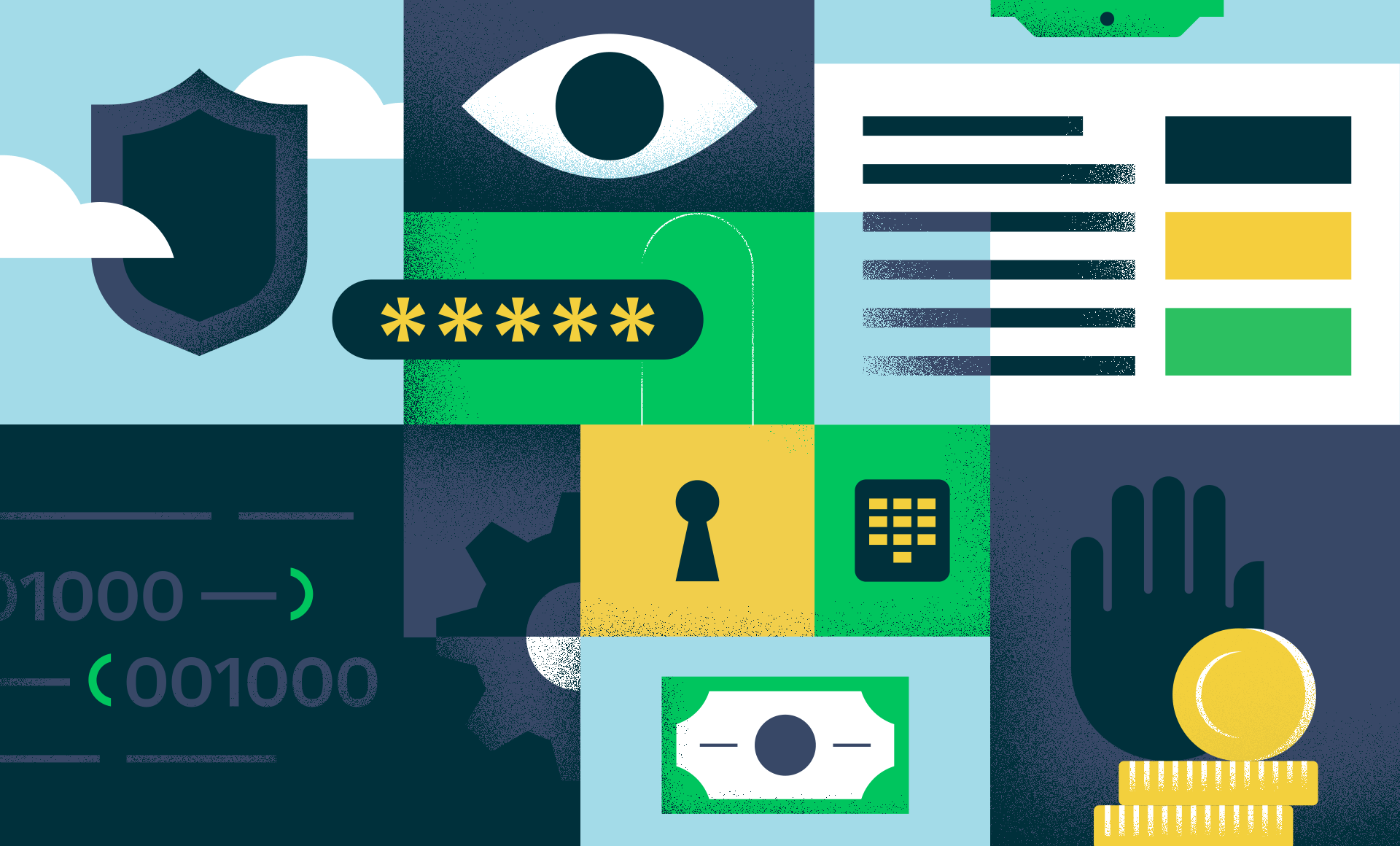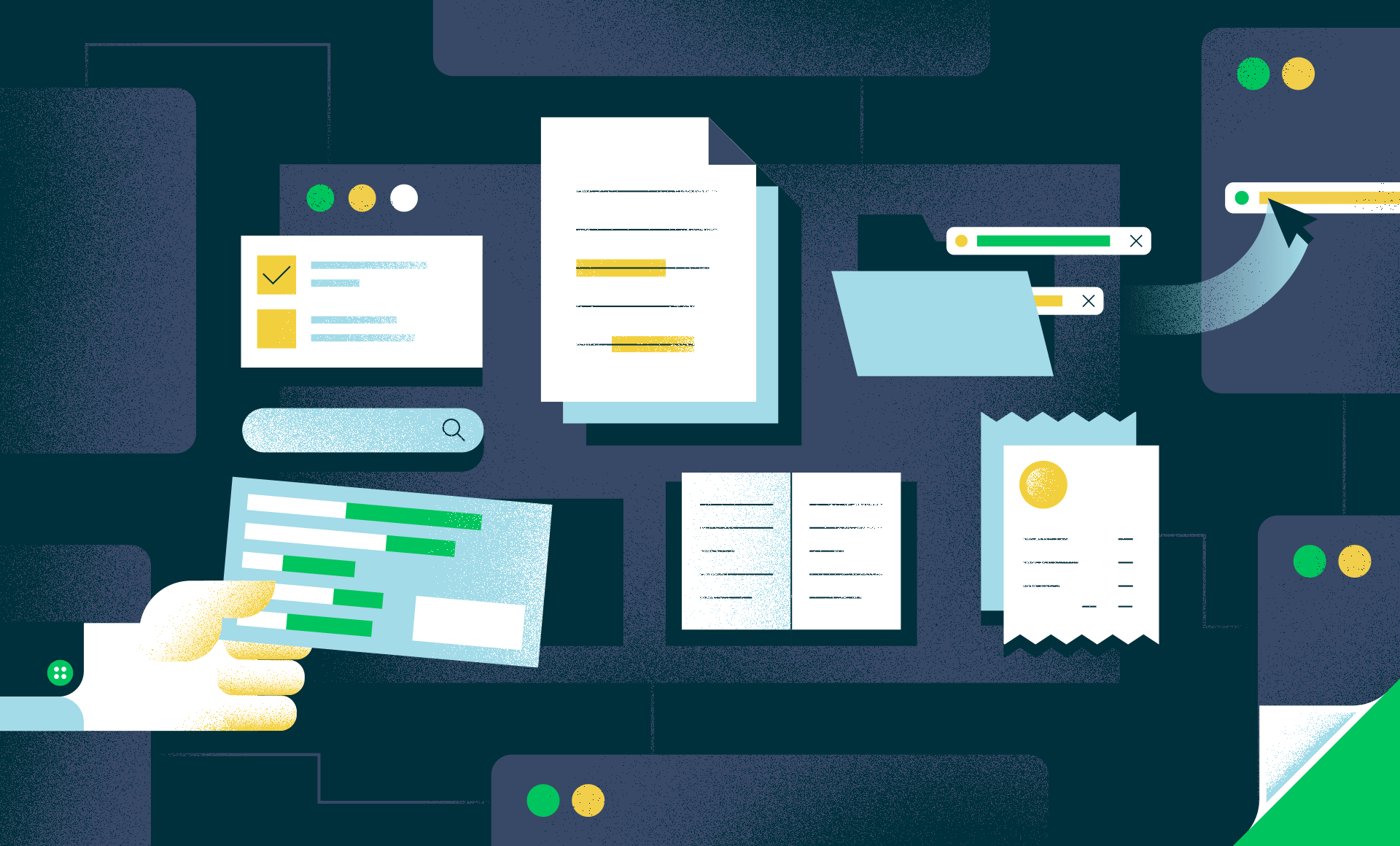This article is the third of a series of four that focuses on key industry trends that are driving and enabling a scalable approach to legal work with the help of AI.
Part 1 of this series focused on the ways that collaboration can help lawyers scale their work, using Kira Systems’ Smart Field Sharing capability as an example. In Part 2, we addressed the role that today’s Knowledge Management (KM) practices play in helping lawyers scale and leverage their work, and how Smart Field Sharing fits in with trends in the KM field.
A third major phenomenon in the legal services industry today is disaggregation - the practice of breaking legal work into component parts or phases, and finding different providers for those parts. Legal work that used to be turned over in one piece to outside counsel might today be distributed among various providers. In the 2020 Report on the State of the Legal Market from Thomson Reuters and Georgetown Law School, disaggregation is described as situations where “… clients have increasingly opted to create ‘virtual teams’ of lawyers to handle particular projects — with teams consisting of lawyers from one or more outside law firms working with designated in-house lawyers and with other non-law firm service providers (sometimes including project managers, accountants, legal process outsourcers, legal staffing firms, and many others.”
This trend of disaggregation has broken two long-held assumptions: that legal work is for law firms only, and that legal work is for lawyers only.
Clients are driving this disaggregation of legal work, optimizing the resources (internal and external) they have at their disposal, and “rightsourcing” their legal work with the help of data from billing and case management systems. Nascent open platforms and connectivity technology such as APIs are allowing work components to be stitched together into coherent workflows. Legal expertise is delivered up and down a new value chain, with the generalist lawyer no longer doing the bulk of the work.
Disaggregation is often seen as taking away work from traditional lawyers and awarding it to non-lawyers or lower-cost lawyers. However, that’s not necessarily the case. In most cases, the application of technology to legal work requires the expertise of a lawyer. It’s just that in many cases, lawyers are not simply providing one-off legal advice; they are embedding expertise into discrete phases of legal services delivery, multiplying its impact with the help of the technology.
Among the examples of the disaggregated legal work that captures and embeds legal knowledge in this way are:
- eDiscovery. eDiscovery has emerged as a distinct specialty in litigation practice. Many firms and Alternative Legal Service Providers (ALSPs) have lawyers in critical roles as Practice Support Specialists, or even entire practice groups centered around eDiscovery. These are not technology roles; they are roles that call for legal expertise at the intersection of technology, the law and facts of the underlying litigation, and the law of eDiscovery practice itself. A lawyer knows what to look for in an eDiscovery process, uses technology (often by building machine learning models) to find and extract it, and knows how to understand and act on the data identified.
- Document Automation. Lawyers who create the forms and processes behind automated versions of contracts and other legal documents are also embedding their knowledge in scalable ways. Contract creation is another discrete legal process that, depending on the application, is fully subject to disaggregation and can be performed by technology, an external service provider, or by allied professionals working at the direction of an in-house legal department. But in any of those cases the intelligence built into the document automation system is capturing the legal expertise of individual lawyers and scaling it for re-use, standardizing that which can be standardized, and freeing up time to focus on non-standard terms and strategies.
- Contract Analysis. Lawyers in firms, in-house law departments, and ALSPs are also developing specialties around contract analysis, particularly the large-scale contract review processes that are a big part of M&A due diligence. Traditional contract review was a largely manual process with many inefficiencies and plenty of room for error. Today, lawyers can use machine-learning based tools such as Kira to accurately and quickly identify and extract standard contract terms from large sets of contracts. With Kira’s Quick Study capabilities, they can embed their specialized expertise in their own custom machine learning models that reflect and extend their expertise in, for example, contracts written in multiple languages, or contracts with clauses that are particular to a specific niche industry or field.
In all three of these examples, technology has enabled lawyers to apply technology to standardize and scale their expertise in disaggregated, distinct phases of larger workflows.
Kira’s new Smart Field Sharing capability is a tool that helps lawyers capitalize on this trend toward disaggregation, by allowing them to extend the scale of their work beyond their own organization. Smart Field Sharing not only gives lawyers the capability to embed their expertise in Quick Study-generated smart fields; it separates the creation of those smart fields from their application in a single client matter, to a flexible, portable asset that lawyers can use to extend their reach across a diverse legal ecosystem.
As this series has shown, trends such as collaboration, KM, and disaggregation are transforming legal work, especially AI-based work. Smart Field Sharing is right at the intersection of those trends. Our fourth and final article in this series will highlight the importance of confidentiality and data security measures that necessarily underpin any large-scale use of AI by the legal profession.



